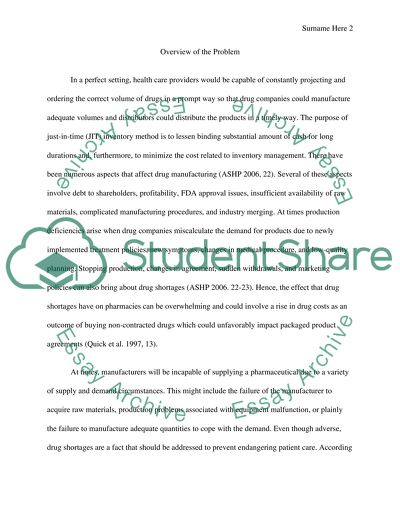Cite this document
(“Drug Shortages Continue To Effect Patient Care Research Paper”, n.d.)
Drug Shortages Continue To Effect Patient Care Research Paper. Retrieved from https://studentshare.org/health-sciences-medicine/1399410-drug-shortages-continue-to-effect-patient-care
Drug Shortages Continue To Effect Patient Care Research Paper. Retrieved from https://studentshare.org/health-sciences-medicine/1399410-drug-shortages-continue-to-effect-patient-care
(Drug Shortages Continue To Effect Patient Care Research Paper)
Drug Shortages Continue To Effect Patient Care Research Paper. https://studentshare.org/health-sciences-medicine/1399410-drug-shortages-continue-to-effect-patient-care.
Drug Shortages Continue To Effect Patient Care Research Paper. https://studentshare.org/health-sciences-medicine/1399410-drug-shortages-continue-to-effect-patient-care.
“Drug Shortages Continue To Effect Patient Care Research Paper”, n.d. https://studentshare.org/health-sciences-medicine/1399410-drug-shortages-continue-to-effect-patient-care.


